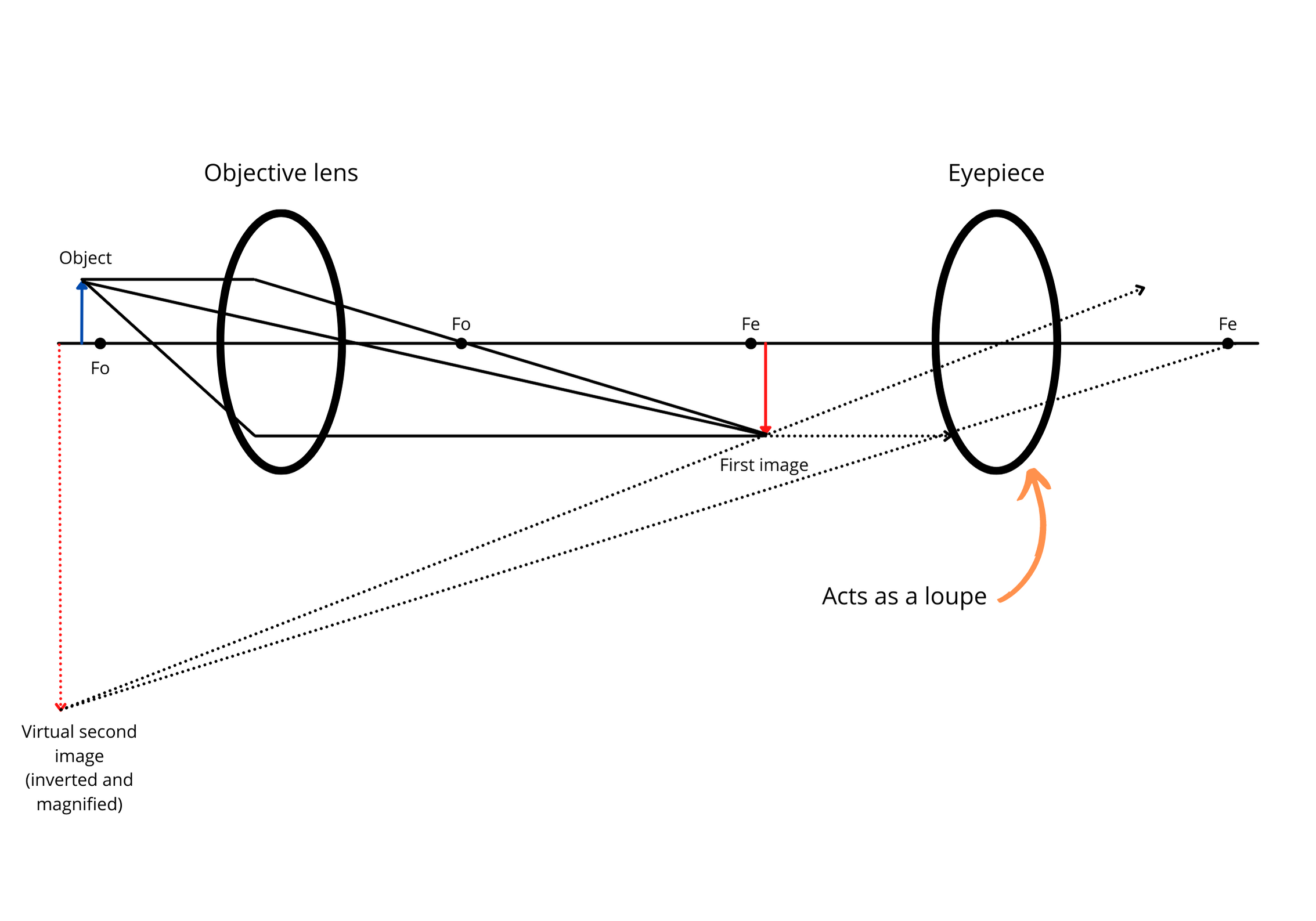How to study Optics for FRCOphth Part 1
28 Jan 2022
Optics is a significant component of the Part 1 exam and so high-quality preparation in this area is extremely worthwhile. It can represent uncharted territory for many candidates who may be completely new to the subject (or last encountered it in a physics classroom!).
In this post I’ll provide some top tips on how to study optics for FRCOphth Part 1.
I’m really pleased to say we have now included an Optics Image Library to our Part 1 Study Notes. If you haven't signed up for our Study Notes yet, you can see a sample of our optics notes here: https://eye-notes.com/study-notes/frcophth-part-one/compound-microscope.
Please let us know what you think as we’re keen to constantly improve and develop this new section.
What is Optics?
Optics describes the behaviour of light and its interactions with materials. It is a broad field of physics with numerous sub-branches and disciplines. But unless you have a unique interest, I would not recommend tackling a textbook on the fundamentals of optics!
The art of efficient exam preparation depends on keeping things relevant. And when it comes to optics, there is a relatively narrow amount which is useful to the ophthalmologist in clinical practice.
Top tip 1: make a plan!
Take a structured approach to your optics revision and don’t try to tackle it all at once. It can be a very dry subject and soul-destroying if you were to study nothing else for days on end.
Instead, intersperse your optics reading with other more interesting or clinically relevant subjects (after all, that’s what you’re into as a budding ophthalmologist). This will keep you engaged and increase retention. A short period of high-quality studying is worth far more than a long period when you feel burnt out.
Remember to give yourself time to cover everything you need, and plan accordingly. The book “Clinical Optics” by Elkington and Frank is pretty comprehensive for the Part 1 curriculum, and readable. Unfortunately, it’s quite expensive, but you may find a copy in your local ophthalmology department library.
Top tip 2: draw ray diagrams
Reproducing ray diagrams in the exam has been a feature for a long time, however the altered format in the COVID-19 era may have changed this somewhat.
Nonetheless, drawing the diagrams out is a great way to consolidate your understanding and improve retention. Many of the high-yield concepts (such as chromatic aberration, coma and catoptric images) can be understood easily from a diagram while text is more confusing. Consider picking up a notebook, ruler and pencil and reproducing your own versions of the diagrams available on Eye Notes.
Top tip 3: don't forget Snell's law (and other equations)
Snell’s law is a high-yield topic and I distinctly remember it coming up when I took the Part 1 exam.
By the same token, you should consider paying close attention to some of the key equations in optics such as those for image magnification as these are considered fair game in the exam and may need to be used or reproduced.
I hope you find these tips helpful in your Optics preparation. I’d love to hear your thoughts on this or any other subject you encounter while preparing for the FRCOphth exams. Please drop us a line using the contact page or via Twitter. See you on the next blog post and happy studying!
